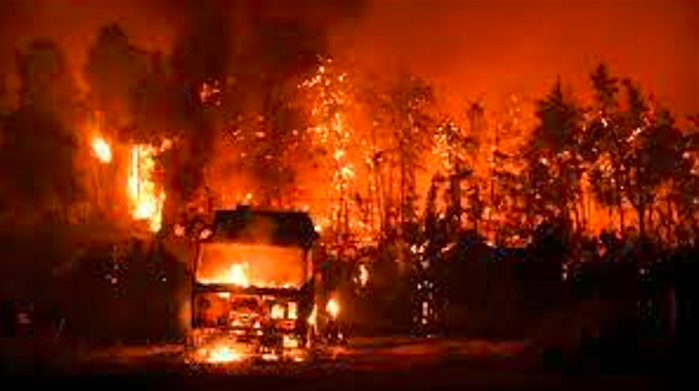“Waves 23 Feet High, 0.5 Km Visibility”: Navy In Eye Of Tauktae Cyclone

New Delhi:
“We had to save lives while making sure we saved our own” that summed up the Indian Navy’s challenge over the past many hours as it sailed right into the wild arms of a once-in-a-decade cyclonic storm to save hundreds stranded on barges, oil rigs, and other vessels along the western coast of India.
By Monday evening Cyclone Tauktae had sunk one barge P-305 and run aground another, Gal Constructor, together accounting for 410 workers.
The barges had gone adrift earlier under the furious might of the storm. The moment the Indian Navy learnt of the potential disaster, its ships set sail.
“The eye of the storm was right west of Mumbai, we did not bother and the ships immediately sailed out,” Commodore MK Jha .
The Commander of Operations of the Indian Navy’s Western Naval Command has been leading the joint operations involving the Navy, Coast Guard, the ONGC, and other vessels to rescue people and salvage key installations.
“As the ships set out, the wave height was varying between 5-7 metres, wind speeds of the order of 100-120 kilometres per hour. This was coupled with heavy downpour,” said Commodore Jha. “Visibility literally negligible at times – at the most around half-a-kilometre to 1 kilometre. These were the challenging sea conditions.”
The forces zeroed-in on the initial reported positions of the barges and monitored them over a period of time. They could also locate the position at which the P-305 sank. They then keep an eye of the personnel who had gone missing from aboard the barge.
“Initially the barge’s drift was 5-6 knots — for the layman that could be 10 kilometres per hour. Now it has reduced to around 5-6 km per hour,” Commodore Jha said.
“We are unable to undertake helicopter operations from ships, so they are operating from shore,” he said.
Hours later, all 137 personnel of Gal Constructor were rescued. However, at least 97 remain missing of the 273 on board P-305.
“As we speak 183 survivors have been picked up by the joint efforts of all the stake holders. In addition, another 137 crew members of another stranded vessel have been evacuated,” Commodore Jha said.
Most or all persons rescued had life jackets, he said. However, but for one, none of the life rafts had survivors.
“That means the sea conditions were so rough that they could not board the life raft,” he said. “They have hope in their eyes, but they are in distress. They have been battered under sea conditions for multiple hours. Having been at sea for years, I really empathise with them.”
Describing his own nightmarish experience, one survivor, Satish Narvad, said there were around 250-300 people on board his barge.
“The person in charge of us asked us to wear life jackets be ready. We wore the jackets and jumped into the sea,” he said following his rescue.
By the time help arrived, those like him had endured hell through the night. But help did arrive.
For Commodore Jha and the Indian Navy, meanwhile, the biggest challenge was to ensure that the SOPs were followed: “Only if we stayed alive could we save lives.”






